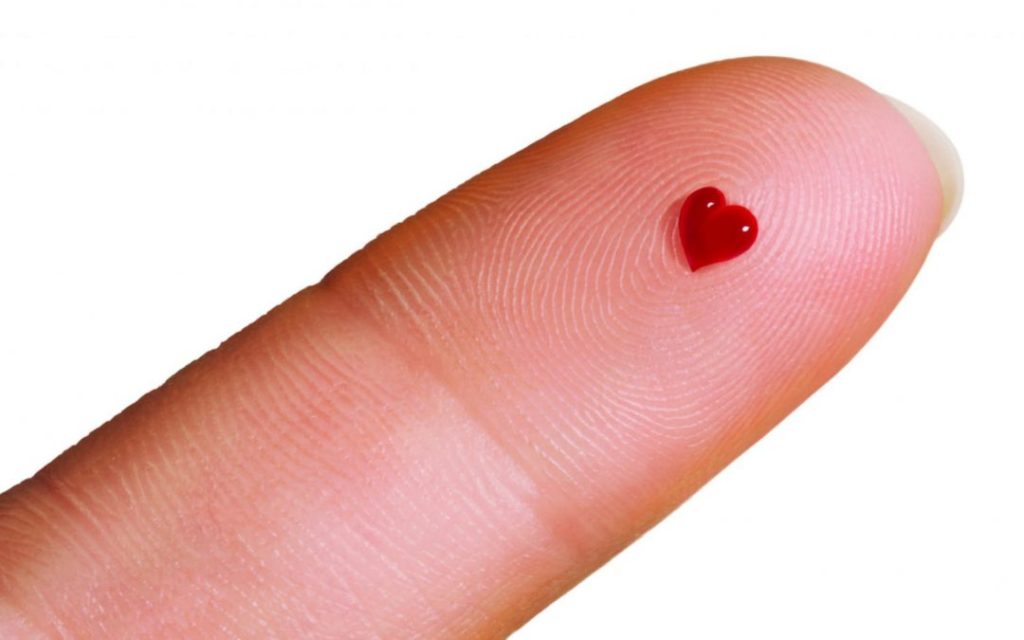More Than a Number: Risk Marker and At-Home Test
The Omega-3 Index plays a double role. Clinically, it behaves like a cardiovascular risk marker—akin to cholesterol—because higher values are consistently linked with lower risk for cardiac events. Practically, it’s also a simple blood test you can take yourself to find out how much of the marine omega-3s, EPA and DHA, are embedded in your red blood cells. Unlike standard cholesterol panels, this assessment usually isn’t part of an annual checkup, even though most people don’t consume enough EPA and DHA through diet alone.
Why Experts Consider It a Risk Factor
In cardiometabolic research, a measurement earns “risk factor” status when it shows reliable epidemiologic associations, a clear biological mechanism, a repeatable lab method, independence from traditional risks, and—crucially—improvement when you raise the level. The Omega-3 Index checks all those boxes. That’s why many investigators argue it can be as informative as, and sometimes more actionable than, cholesterol for predicting heart risk.
What the Test Actually Measures
The Omega-3 Index quantifies EPA and DHA as a percentage of the total fatty acids in red blood cell membranes. Picture a membrane with dozens of fatty acid “slots.” If, for example, 3 out of 64 are EPA or DHA, the index is about 4.6%. Because red blood cells turn over slowly, this percentage reflects your average intake over the past few months rather than yesterday’s menu.
Interpreting Your Percentage
An index of 8% or higher is considered the low-risk zone. Values between 4% and 8% indicate intermediate risk. Levels below 4% fall into a high-risk category that has been associated with markedly elevated odds of sudden cardiac death. Unfortunately, many adults in the United States land at or under that 4% threshold, while relatively few naturally sit at 8% or above without purposeful diet or supplementation.
Why You Won’t See It on Standard Risk Lists (Yet)
Government agencies typically emphasize long-established risks such as high blood pressure, high LDL cholesterol, diabetes, smoking, excess weight, inactivity, family history, preeclampsia, poor diet quality, and advancing age. The Omega-3 Index is newer to the scene, but the supporting science has matured enough that a growing number of clinicians and researchers treat it as a meaningful addition to the toolbox.
Which Omega-3s Actually Move the Needle
Not all omega-3s affect the Omega-3 Index. The plant-derived fatty acid ALA, found in flax and chia, has minimal impact on RBC EPA+DHA because the body converts ALA very inefficiently. To raise your score, you need EPA and DHA directly from seafood such as salmon, sardines, herring, and anchovies, or from marine-based supplements like fish, krill, or algal oil.
Why So Many People Test Low
Modern eating patterns are heavy on refined grains, seed oils, and land-animal proteins, and comparatively light on oily fish. That imbalance shows up in blood: average indices in Western countries commonly hover around 4–6%, well short of the 8–12% range associated with the most favorable outcomes.
Beyond the Heart: Wider Health Links
Although the Omega-3 Index was developed with cardiovascular protection in mind, low EPA+DHA status has also been associated in the literature with concerns spanning brain aging, cognitive decline, and ocular health. The shared thread is inflammation and cell-membrane function—domains where EPA and DHA play direct structural and signaling roles.
Taking Action from Your Result
If your score is below where you’d like it, the path forward is straightforward: increase your intake of EPA and DHA through oily fish, marine-based supplements, or both, then retest after three to four months to confirm progress. Because individual responses vary, using the Index to guide and verify your plan is the most reliable way to move from guesswork to measurable improvement.




